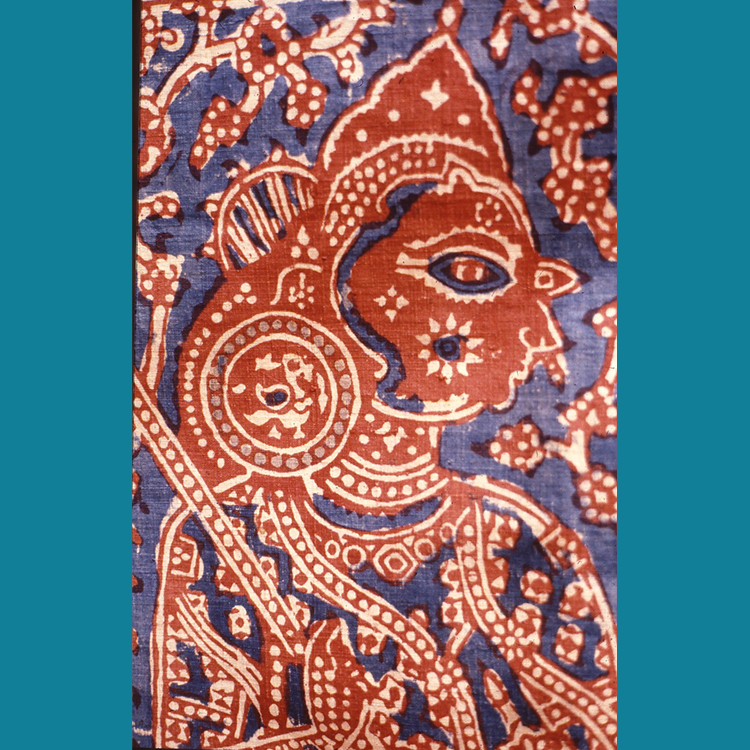India has been the powerhouse of textile production through the past 2000 years of its history. Cotton textiles, woven, painted, and dyed by a variety of complex processes, were to India what porcelain was to China, a commodity in which they excelled, securing market dominance and commanding global markets beyond rival. India maintained a technological advantage with its mastery of dyeing process that produced the finest - and fastest colored - cotton goods in the world.
In a lecture titled “Early Indian Textile Trade to West Asia and its Indonesian Afterlife", John Guy, Florence and Herbert Irving Curator of South and Southeast Asian Art at The Metropolitan Museum of Art, explored India's historical trade in cotton goods to Indian Ocean markets reaching from the Red Sea and to Southeast Asia and beyond. This trading diaspora, served by the waters of the Indian Ocean, united this vast region into the largest trading system in the pre-modern world that allowed the circulation of not only commodities but also people, ideas, religions, along with imagery and their associated art styles.
This lecture is made possible by the Emory University’s Department of Middle Eastern and South Asian Studies’ South Asia Seminar Series.





